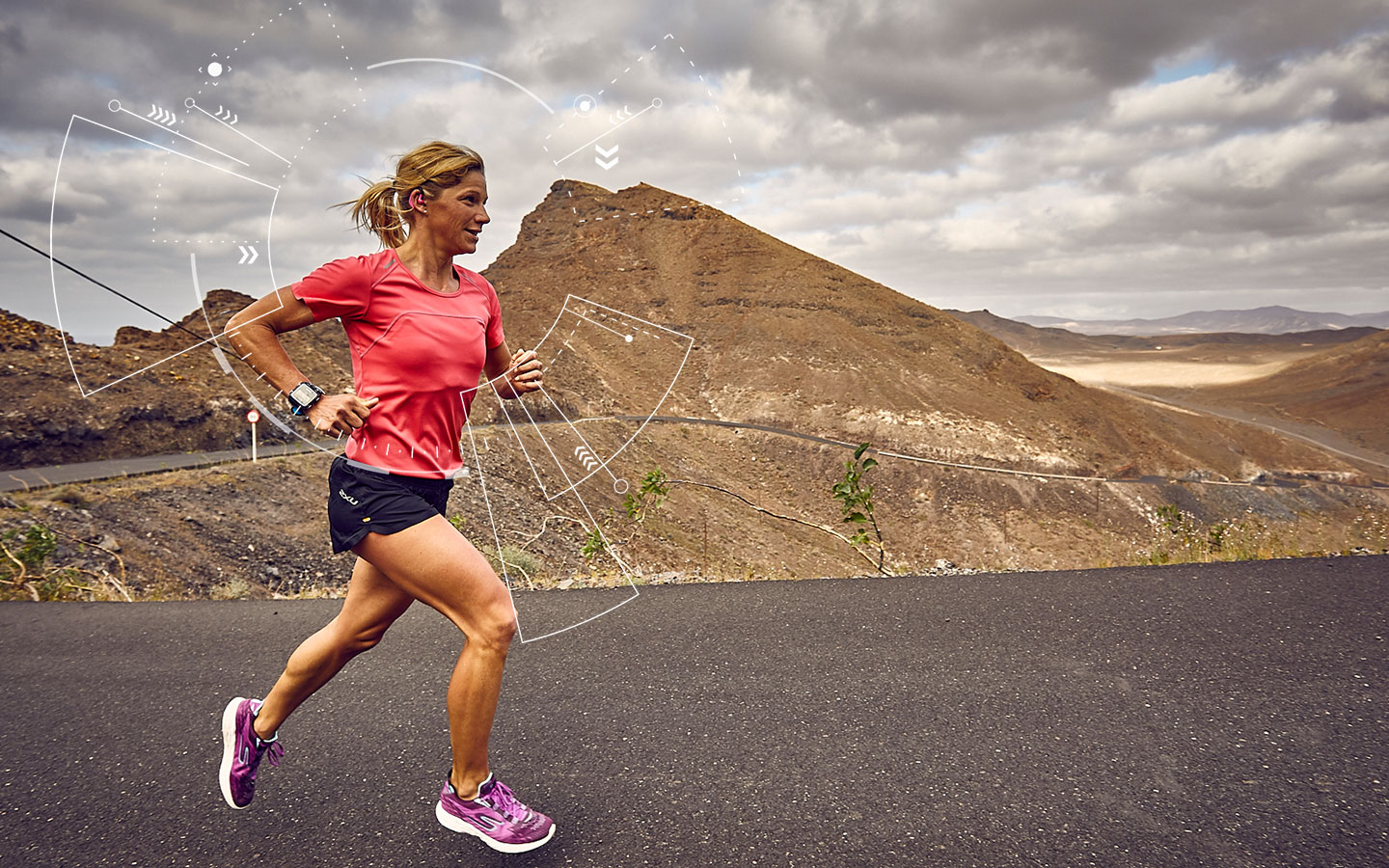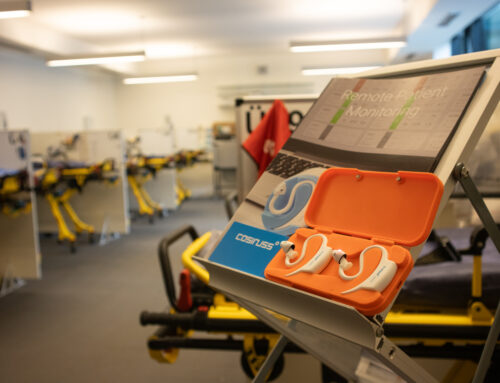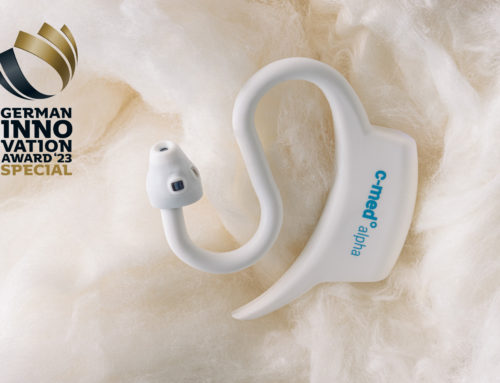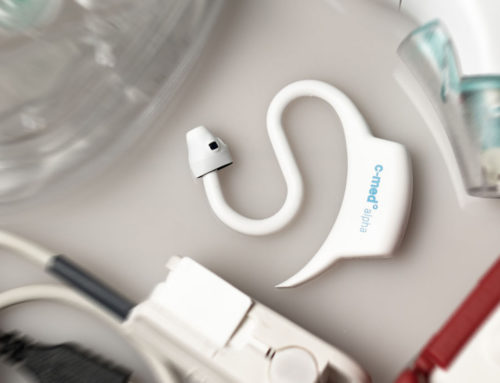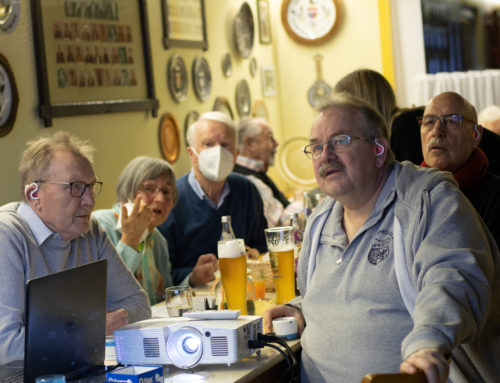Your Vital Parameters
What fascinates us athletes? It is the sport. And it is the athletes. Be it as a beloved hobby, as an ambitious amateur or as a professional athlete. It is the sport that fascinates us.
It is the ability to perform. The ability of the body to adapt and to improve time and again. During evolution, it was necessary to survive. The saying “Survival of the fittest” is no accident.
And today? Today, it is not about survival. It’s about winning in sports competition. It’s about staying fit in everyday life. We want to feel good. We pay attention to our bodies. There is a lack of pressure for physical performance. However, it isn’t like this for long time. We can take for granted adequate food, warmth and a peaceful environment for only a few decades.
Because of this fact, we have the motivation to test our limits. We long to challenge the body with new performances and goals. Whether you are running, doing a triathlon or any other endurance sports. We admire the results of the professional sport. The top performances shown there, are motivating and inspiring us.
What factors influence our physical condition? What mechanisms are there, that limit our performance – or let’s us improve?
Let’s have a look at the most important internal functions and regulatory mechanisms, -our vital parameters.
The Heart While Running
It is about the size of a fist. The heart is imbedded between the lobes of the lung. It is “the” central organ of our body.
But how does it work exactly? The intermittently heartbeat sends pressure waves in the arteries with a frequency of about 60-80 beats / min. In the resting state. The blood is pumped from the heart into the body. It supplies our organs and muscles with oxygen and nutrients.
The pulse rises during physical exertion or stress situations. Why? The body needs more oxygen to function. Blood is transport number 1 for the oxygen. The faster the heart beats, the more blood, and thus oxygen is transported through the body.
With regular stress on the heart muscle, for example, through regular exercise, the volume of the heart increases and thus the oxygen uptake of the muscles improves. Thereby you manage to achieve the same performance while running or doing sports with a significantly lower heart rate. But not only during exercise, your pulse decreases. No, also your resting heart rate is lower in a trained condition.
| untrainiert | trainiert | untrainiert | trainiert | |
| Herzgewicht | 320 g | 600 g | 280 g | 500 g |
| Herzminutenvolumen | 750 ml | 1700 ml | 500 ml | 1100 ml |
| max. Sauerstoffaufnahme | 3,0 – 3,5 l/min Untrainiert Trainiert 5-6 l/min Steigerung etwas um Faktor 12 Steigerung etwa um Fakor 20 |
|||
Your Body Temperature
Man is a so-called homoiotherm being, which is described by experts as a warm-blooded being. We have a constant operating temperature in the body core. It lies in a tolerance range of 37 ° C, ± 0.5 ° C.
Our body needs to operate with an enormous effort to keep the operating temperature almost constant. Our brain is the control center. Through the skin, it calculates permanently the current outside temperature, via the hypothalamus, the body core temperature. Are we outside or inside? Do we wear clothes or are we naked?
Why is that so important? The human body is very sensitive. Small variations in the core body temperature can lead to lasting damage. Small deviations already relate to a temperature above 40.5 ° C and below 35 ° C.
Due to the lower ambient temperature, the body has to continuously transform energy to keep the operating temperature. This occurs through the chemical burning of consumed food. How much thermal energy is released to the environment is upon other terms depending on the ambient temperature, the body surface and the isolation by skin and clothing.
Fluctuations in our body temperature are depending on circadian rhythms (and in women the menstrual cycle) and have a decisive impact on our performance.
While moving, our muscles supply energy. Only about 20% are used for the exercise. 80% is converted to heat and has to be dissipated, in order not to overheat. This happens in sports; who doesn’t know.
Heart Rate Variability
There is another measure rate, that describes how well your body is doing during exercise. This measurement is called heart rate variability (HRV). Heart rate variability describes how well you can handle mental and physical stress.
How do you measure the heart rate variability ?
You need an ECG (electrocardiogram) to measure it. The time that elapses between two heartbeats is called cardiac period. On the ECG, you can recognize the heartbeats on the upward amplitudes. The time intervals of the amplitudes, which means the length of a cardiac period, are usually not the same. The quantitative description of these differences is called heart rate variability.
What does this mean specifically?
You could imagine your heart like a motor with gears. The more gears are available to the engine, the easier it is for the motor to master variable requirements, such as steep hills or flat routes. If the motor is running for example in the Alps and only has two middle gears available, it will be difficult to cope with steep mountain passes. If it would have six instead of two gears, it would go much easier.
In the exact same way your heart is functioning. The better the heart rate variability of your heart is, which means the more varied the heart period duration is, the better your body can adapt to stress. Conversely, this means that the worse your heart can adapt to stress, the harder it is to deal with stress or physical stress. “To adapt to stress” in this sense means the ability of your heart to increase or decrease the amount of heart beats fast and flexible.
Running, Measure, Decide
So many numbers and values! It doesn’t matter if you are a hobby athlete or an ambitious amateur. It is important that you can analyze all the values, that you measure and record in combination.
The pulse alone is a good starting point for the analysis of your body functions. However in combination with other parameters, for example the body temperature or heart rate variability, you’ll be able to make better conclusions about your current performance.
The heart rate is also dependent on factors that we can not record. Stress or even muscle soreness can influence it. If you train too much in too little time, a medium to long term negative effect to your heart rate variability could be a result. Your body will be tired and slow. It is becoming increasingly difficult to get to your ‘operating temperature’.
What exactly should you do?
Three vital parameters can help you to control your training effectively. You should start with the pulse and body temperature measurement, to be able to answer the following questions:
Do I exercise in the planned pulse range?
Do I improve my health if I am going to train now?
Am I overheated and do I need to cool my body?
Does my temperature regulation function, both indoors and outdoors?
If you have the opportunity to measure the heart rate variability, then do it. So you can check whether your heart is able to adapt to changing stress situations or not.
With these data points, you or your coach will be able to organize your training plan for the next few days and weeks.
In this sense, Run, Measure and Decide!
